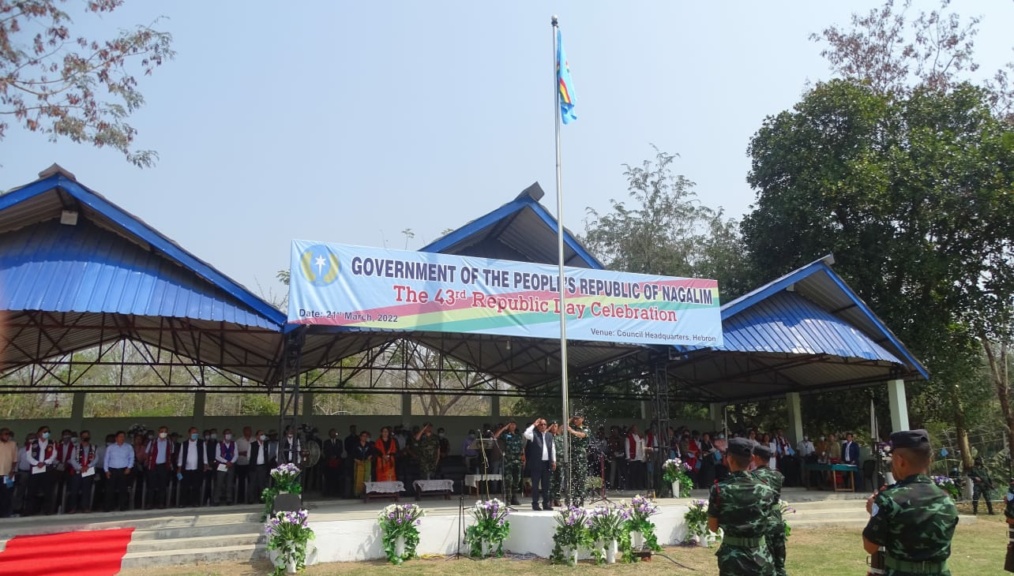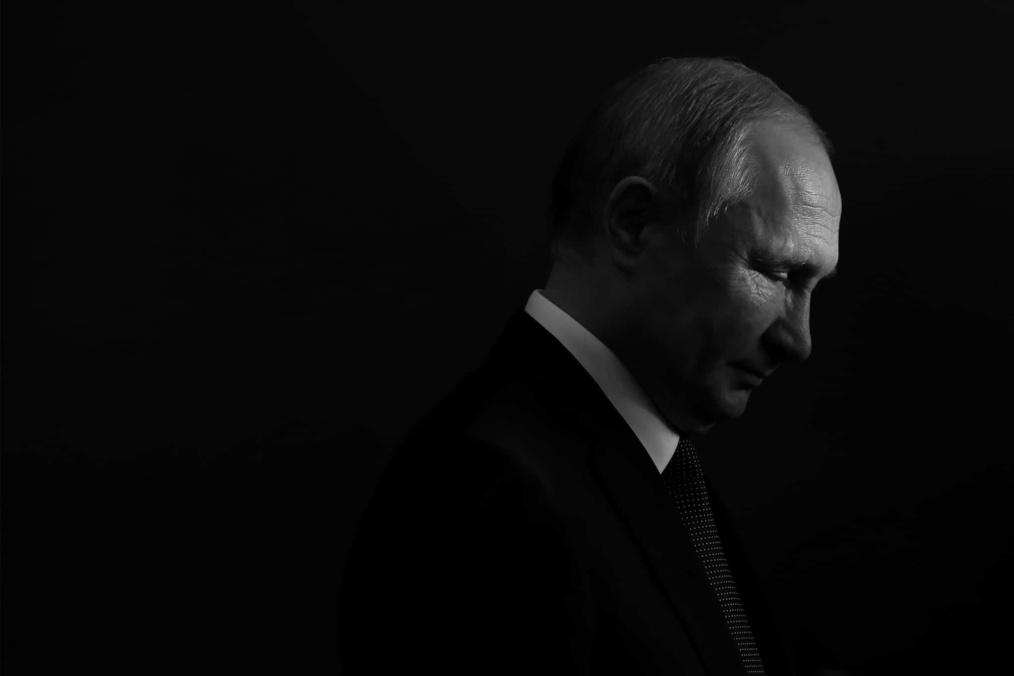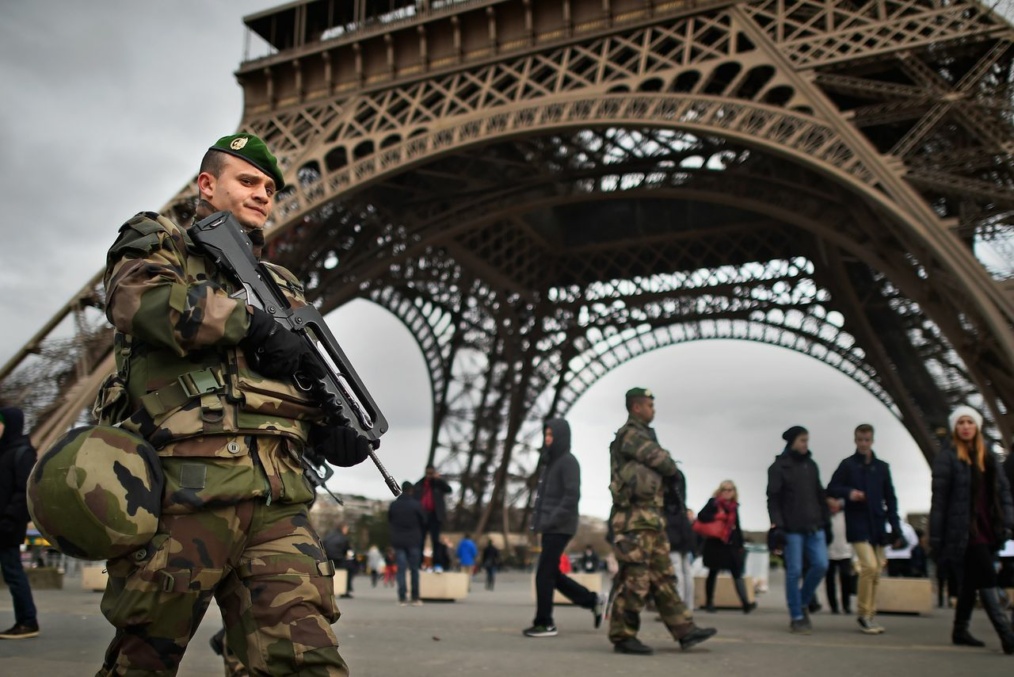Since President Putin launched his attack on Ukraine, Russia has faced a considerable Western backlash. Disconnected from the global financial system and targeted by a sweeping range of economic sanctions, Russia has been set on a path to economic meltdown.
Over 400 companies have withdrawn from the country, the Nord Stream 2 gas pipeline project has been canceled, and over ten 10 years worth of economic gains are on course to be wiped out. With the ruble collapsing, GDP plummeting, and prices soaring, the Russian economy is facing pain unseen since the 1990s.
Western nations are also preparing for substantial military build-ups. Belgium, Italy, Poland, Romania, Norway, and Sweden have all pledged to increase defense spending. Germany has announced a major increase in its military budget, a historic shift in the country’s foreign policy that ends decades of reluctance on defense spending and will transform it into the world’s third-largest military spender.
Russia’s invasion has also led to the deployment of additional NATO forces to eastern Europe. The alliance is set to double its battlegroups in the region, which has already seen the arrival of over 20,000 NATO troops.
Russia has condemned the economic measures imposed on the country, which Mr. Putin has referred to as “akin to an act of war” and has expressed strong discontent with the strengthening of NATO’s posture. “The build-up of NATO forces on the ‘eastern flank’ is openly provocative”, said the Russian foreign ministry.
The invasion has only exacerbated many of President Putin’s long-held concerns, and embroiled Russia in a bloody conflict that has seen its military take more casualties than the U.S. endured throughout the entirety of its wars in Iraq and Afghanistan. Indeed, given public sentiment in Ukraine and the lethal aid provided by Western powers, it is likely this conflict will persist. Meanwhile, the Russian economy slides toward crisis and NATO forces mount along its border.
Commentators now frequently decry the invasion as a ‘miscalculation’, an epithet that provides a measure of comfort for Western audiences by assuring them this war would not have unfolded had President Putin understood its full consequences.
But, what if the backlash was foreseen? What if President Putin is motivated by something more than Western commentators understand? Does the West really understand what is driving this invasion?
“The Creation of a Vast, Continent-Spanning Russian-Eurasian State”
For much of its history, Russia’s suspension between Europe and central Asia has induced a sense of identity crisis. Its territory lies mostly in Asia, but its history of art, music, and literature are more closely associated with Europe.
Following the collapse of the Russian Empire in 1917, a group of Russian intellectuals called on the country to transcend its European fixation. Russia, they proposed, should dedicate itself to the creation of a vast, continent-spanning Russian-Eurasian state, independent of Europe’s influence, based on the legacy of Genghis Khan and the deep history of cultural exchange among people of Slavic, Turkic, Mongol, and other Asian origin.
This concept, known as Eurasianism, was suppressed by the Soviet Union. Indeed, according to early Eurasianist thinkers, communism itself was a destructive European import. Nonetheless, Eurasianism survived in the underground and reentered public discourse following the collapse of the Soviet Union.
Over time, a new form of Eurasianism permeated Russia’s policy and military elite. A key moment in the ideology’s revival came with the publication of Aleksandr Dugin’s 600-page textbook titled The Foundations of Geopolitics: The Geopolitical Future of Russia.
Dugin, an eccentric philosopher and sociologist, was once a fringe figure in Russia. However, through the years, his influence has grown significantly. Indeed, Mr. Dugin has been referred to as ‘Putin’s Brain’, ‘Putin’s philosopher’ and even ‘Putin’s Rasputin’. He has served as an advisor to key political and military figures and–on the insistence of Mr. Putin–his textbook forms part of the curriculum for the Academy of General Staff of the Russian military. According to Dr. Jane Burbank, a recently retired professor of Russian history at New York University, “a revitalized theory of Eurasian empire informs Mr. Putin’s every move.”
Aleksandr Dugin, Neo-Eurasianism, and the “Fourth Political Theory”
Dugin’s neo-Eurasianism involves a bizarre fusion of various political and religious ideologies. According to Dugin, fascism, communism, and liberalism represent the leading political theories of recent history. Fascism collapsed with the fall of Nazi Germany. Communism collapsed with the fall of the Soviet Union. Now, liberalism is collapsing as the West enters a “nihilistic post-modern stage.”
Therefore, Dugin proposes a “Fourth Political Theory,” an alternative political model that challenges the “progress” of world history. According to Dugin, human beings’ self-awareness is rooted in the world. Because this root differs across cultures, a multipolar world order is required for humans to feel a sense of identity.
Thus, the mission of Russia, as a nation of unique culture and destiny, is to create a Eurasian power center that can challenge the unipolarity of U.S. global influence and restore the root of human self-awareness across Eurasia.
The Fourth Political Theory combines what Dugin identifies as the strongest elements of communism, fascism, ecologism, and traditionalism. In sum, his political model represents a totalitarian synthesis of unlimited state power, ‘blood and soil’ nationalism, and traditional religious hierarchy.
Indeed, according to James Heiser, author of The American Empire Should be Destroyed’: Alexander Dugin and the Perils of Immanentized Eschatology, Dugin considers the true meaning of Russia to be “marked by [a] ‘dialectical triad’ which combines ‘Third Rome–Third Reich–Third International’”. Among the aims of this messianic, imperial project is the destruction of Western liberalism and a fundamental reordering of the global political landscape.
“One of the Poles in the Modern World”
Whilst the full extent of Eurasianist ideology on Mr. Putin is far from clear, “he’s always had an intellectual affiliation with Eurasianist thinkers” says Hannah Thoburn, a Eurasia analyst at the Foreign Policy Initiative.
Indeed, Russia has been attempting to assert itself as a new geopolitical force for some time. It has been argued, for example, that the formation of the Eurasian Economic Union (E.A.E.U.) in 2015, a regional trade pact involving a constellation of post-Soviet states, is part of a broader effort to disrupt the U.S.-led world order.
“We suggest a powerful supranational association capable of becoming one of the poles in the modern world,” wrote Mr. Putin in 2011. Unsurprisingly, the E.A.E.U. was not well received by the United States. “Let’s make no mistake about it. We know what the goal is and we are trying to figure out effective ways to slow down or prevent it,” said then-Secretary of State Hillary Clinton in 2012.
Whilst President Putin discussed the formation of the E.A.E.U. in mostly economic terms, his comments have alluded to a set of deeper ideological motives closely aligned with Eurasianist thought. For example, in 2013, he described the union as a “project to preserve the identity of the people who inhabit the historic Eurasian space…Eurasian integration is a chance for the post-Soviet space to become an independent center for global development–not a peripherality to Europe or Asia”.
“Ukraine is the Big One”
Ukraine has always played a key role in Eurasianist ideology. In 1927, Nikolai Trubetzkoy, one of the ideology’s founding figures, argued that Belarus and Ukraine should unite with Russia around their shared orthodox faith. More recently, in the years following the collapse of the Soviet Union, Dugin wrote that total dominion over the north coast of the Black Sea was an “absolute imperative” of Russian geopolitics and that Ukrainian independence represented “a huge danger to all of Eurasia.” According to Dugin, Ukraine had to become “a purely administrative sector of the Russian centralized state.”
Currents of Eurasianist ethnonationalism appear central to the propaganda campaign surrounding Russia’s invasion. In a 5,000 word article published in 2021, entitled “On the Historical Unity of Russians and Ukranianians”, Mr. Putin reasserted his claim that Russians and Ukranians are “one people.”
For Putin, the invasion of Ukraine is part of a broader effort to reassert the unity of a divided Russian people. Indeed, according to Ivan Vejvoda, a senior fellow at the Institute of Human Sciences in Vienna, “Putin wants to consolidate the civilizational border of Russia, as he calls it, and he is doing that by invading a sovereign European country.”
“Ukraine is the big one” says Alexander Cooley, a political science professor at Barnard College. The success of the Eurasian Union “hinges on Ukraine’s participation and cooperation.”
Perhaps the clearest display of the deeper ideological underpinnings of Putin’s war effort comes from a news article accidentally published by multiple state-run Russian media outlets just three days into the invasion. Commentators have explained that the article’s publication at exactly 08:00 suggests it was a pre-written piece intended to celebrate a swift Russian victory. However, Ukraine did not fall within the first days of the invasion, and the article was deleted.
The article claims that Ukraine was a problem for Russia “for two key reasons…the issue of national security, that is, the creation of anti-Russia from Ukraine and an outpost for the West to put pressure on us, is only the second most important among them. The first would always be the complex of a divided people, the complex of national humiliation – when the Russian house first lost part of its foundation (Kiev), and then was forced to come to terms with the existence of two states, not one, but two peoples.”
The article concludes, envisaging the collapse of the Kiev government, “Ukraine has returned to Russia…it will be reorganized, re-established and returned to its natural state as part of the Russian world.”
Conclusions
Across the West, Putin’s invasion has been met with disbelief. The Russian army has already sustained thousands of casualties. The economy is collapsing and NATO forces mount on its border. For many, Russia’s actions seem incomprehensible, even absurd. The commentariat reassure Western audiences that the attack was a ‘miscalculation’, an error of judgment that failed to account for Western sanctions or Ukrainian resolve.
But, there is another possibility. What if Putin expected this response? What if, despite knowing its full cost, he considered his invasion justified? What if his attack on Ukraine is motivated by a deeper ideological desire to reshape the world order and establish Russia as a new global power center, regardless of the cost?
Since the invasion, there have been many calls, including from Kiev, for Western military intervention. The unfolding humanitarian crisis is a catastrophe for Europe, but the threat of a major military confrontation between nuclear powers provides powerful cause for restraint.
Nonetheless, NATO must be prepared to hold its ground and cannot ignore the threat of an ideologically-driven, imperial project wreaking havoc on its border. Indeed, as Mr. Dugin has said, “the Russian Renaissance can only stop by Kiev.”
Restoring Ukrainian sovereignty and challenging Russia’s expansionist agenda will require engagement and negotiation on the military, political, economic, and, perhaps most importantly, ideological level. In order to end the war, the West must understand what is really driving this invasion. Indeed, its aims may be far more ambitious than many realize.
Oliver Alexander Crisp, Counter-Terrorism Research Fellow







